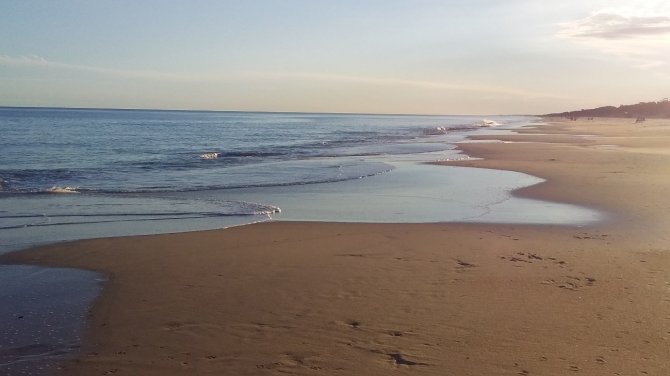
Project
Coastal cyanobacterial toxic blooms in a warmer world: addressing the challenges from a socio-ecological perspective in Uruguay
The objective of this project is to develop an integrated evaluation of the toxic blooms of cyanobacteria on the coastal systems of eastern Uruguay to develop the best anticipation, adaptation and transformation strategies as climate change progresses.
This project is conducted as a joint collaboration between Wageningen University (Milena Holmgren and Miquel Lürling), the Universidad de La República and the South American Instutute for Resilience and Sustainability Studies Institute (Cristina Zurbriggen, Néstor Mazzeo and Hugo Inda), and the National Directorate of Aquatic Resources of Uruguay (Leonardo Ortega).
Financial support: Agencia Nacional de Investigación e Innovación (ANII) National Agency for Research and Innovation (Uruguay)


